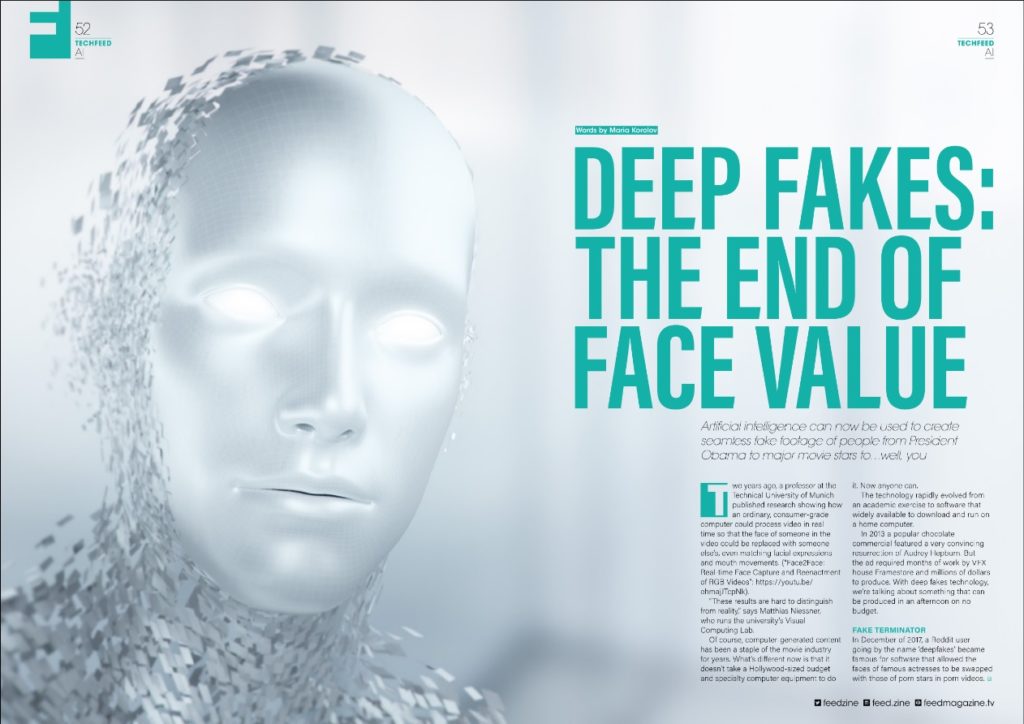Two years ago, a professor at the Technical University of Munich published research showing how an ordinary, consumer-grade computer can process video in real time so that the face of someone in the video can be replaced with someone else, even matching facial expressions and mouth movements.
“These results are hard to distinguish from reality,” says Matthias Niessner, who runs the university’s Visual Computing Lab.
Of course, computer-generated content has been a staple of the movie industry for years. What’s different now is that it doesn’t take a Hollywood-sized budget and computer equipment to do it.
Anyone can.
The technology rapidly evolved from an academic exercise to software that anyone could download and use.

